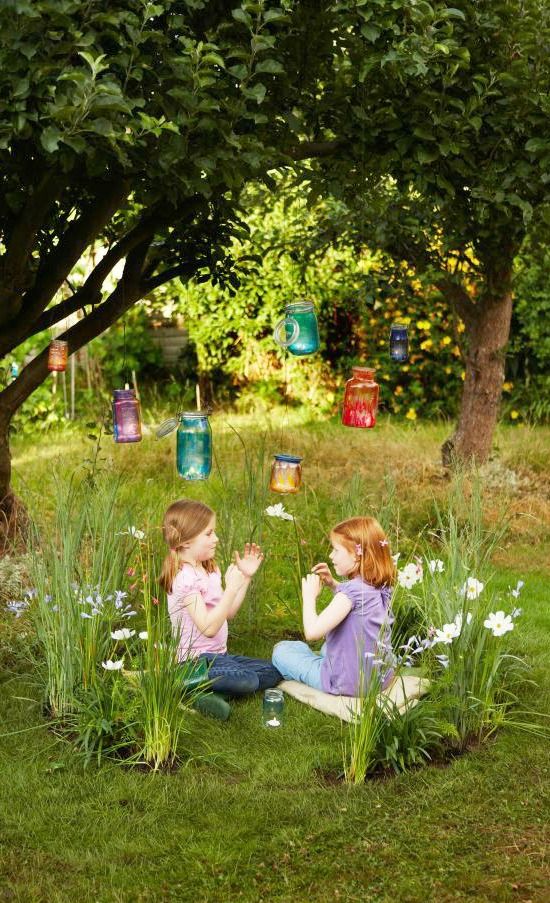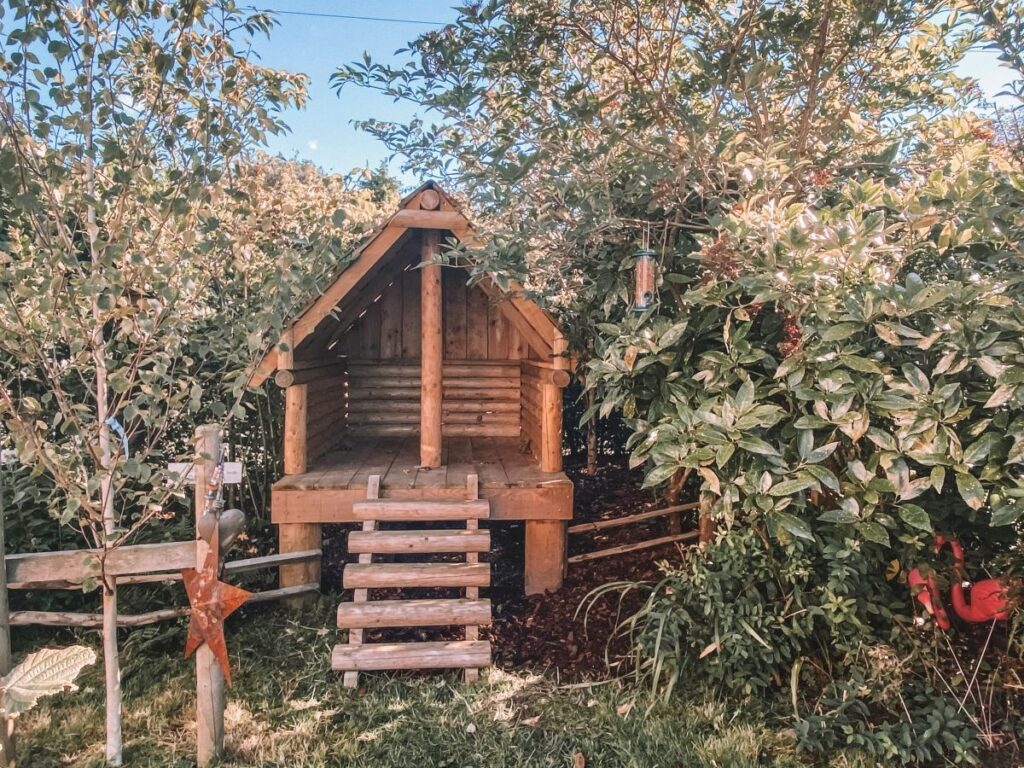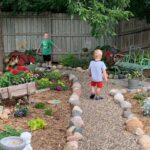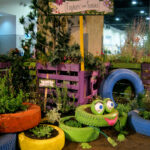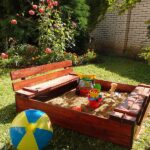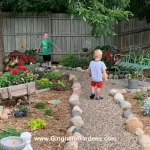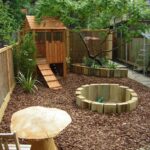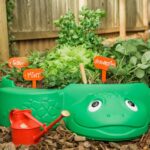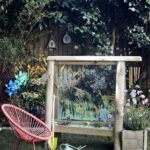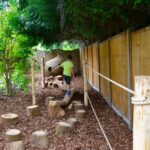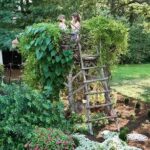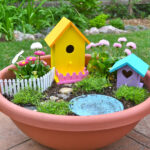Children’s gardens are a wonderful way to introduce young ones to the joys of nature and gardening. These special spaces can provide children with opportunities to learn about plants, insects, and the environment while also allowing them to engage in hands-on activities that promote creativity, sensory exploration, and physical activity. If you’re thinking about creating a children’s garden in your backyard or community space, here are some ideas to inspire you.
One popular idea for a children’s garden is to include a sensory garden. This type of garden is designed to engage all five senses – sight, smell, touch, taste, and hearing. You can plant a variety of flowers, herbs, and vegetables with different textures, colors, and scents. Children can explore the garden with all their senses, learning about the different plants and experiencing the natural world in a new and exciting way.
Another fun idea for a children’s garden is to create a fairy garden. Children can use their imagination to design and decorate a miniature garden that includes tiny fairy houses, paths, and accessories. This whimsical garden can inspire creativity and encourage pretend play, allowing children to create magical stories and adventures in their own backyard.
A wildlife habitat garden is another great idea for a children’s garden. By incorporating native plants, bird feeders, and other features that attract wildlife, children can observe and learn about the birds, insects, and animals that visit the garden. This type of garden can help children develop a greater appreciation for nature and an understanding of the importance of biodiversity in their own backyard.
A vegetable garden is a practical and educational idea for a children’s garden. Children can learn about where food comes from, how plants grow, and the importance of healthy eating by planting, caring for, and harvesting their own vegetables. They can also benefit from the physical activity and time spent outdoors while tending to their garden.
To add a touch of whimsy and fun to a children’s garden, consider including a musical garden. You can hang wind chimes, install outdoor musical instruments, or create a xylophone using different materials. Children can experiment with creating their own music and explore the sounds of nature while spending time in the garden.
Finally, a pollinator garden is a wonderful idea for a children’s garden that can help support local bees, butterflies, and other pollinators. By planting flowers that attract pollinators and providing a water source, children can observe these important insects in action and learn about their role in the ecosystem. This type of garden can also be a valuable learning opportunity about the interconnectedness of plants, animals, and the environment.
